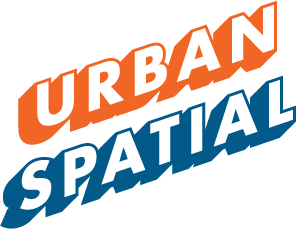Uber introduced competition into a market where it previously did not exist and consumers have scored a resounding victory as a result. At the same time, entrenched interests who, until this point, thrived on the lack of competition, are begging local governments to legislate in favor of their monopolies. When creative destruction renders the status quo inessential, that status quo will work relentlessly to maintain their grip on the market. This is exactly what Uber is experiencing in municipalities across the world.
Uber can and should use its data-driven resources to further develop the narrative that for consumers, governments and the environment, Uber’s benefits outweigh its costs.
Uber’s business model relies on a publicly financed resource – roads; and as such, it’s on Uber to convince taxpayers that it’s producing tangible benefits in exchange for the support it receives. To do so, one must estimate Uber’s benefits relative to what would have happened had Uber not been available. This is the ‘relevant counterfactual’ and can help Uber make causal inferences about how it impacts communities worldwide. For the purposes of this one-pager, let’s take one possible example:
One example of this sort of analysis might be, ‘how does dynamic congestion pricing (ie. surge pricing) help minimize congestion?’ Ultimately the solution for congestion is to price it accordingly, whether it’s dynamic parking pricing, congestion charge zones or surge pricing. Allowing costs to vary dynamically as a function of supply and demand is a more efficient way to control congestion than overbearing, top-down regulation.
Uber observes a user’s response to surge pricing – either users are willing to pay for it or not, and if they are not, it’s likely safe to assume that they are going to find an alternative mode of transportation. While we never observe a user’s full ‘choice set’ (Uber vs. cab vs. transit etc.), we could, in a city like New York where people are less likely to take their own personal automobiles, match surge-pricing induced Uber cancellations to point level taxi trips (now available as open data). If we can conclude that the user did not take Uber or a taxi, then they were likely induced to take either transit or walk to their destination. In the end, if Uber is incentivizing more sustainable forms of transportation, the case could be made that Uber is generating tremendous environmental benefits.
In the end, dynamic pricing of publicly financed resources like roads is a winner for cities.
